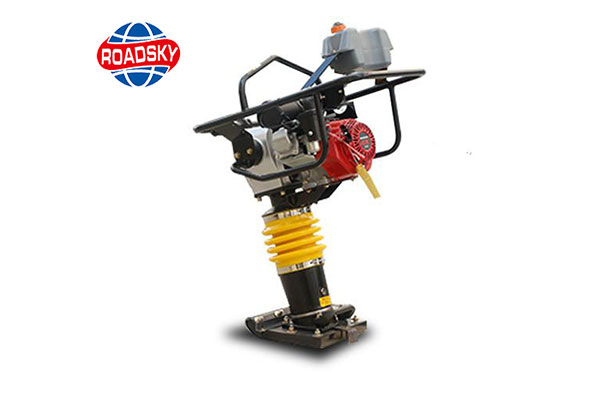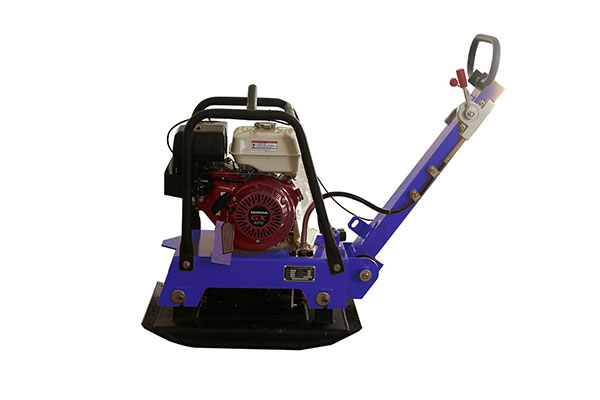Rammer vs. Plate Compactor: Which Is Better for You?
When it comes to preparing a stable and compacted surface for your construction project, the choice between a rammer and a plate compactor is a crucial decision. Both of these construction tools are designed to compact soil and other materials, but they have distinct features and applications that make them suitable for different situations. In this article, we will explore the differences between a rammer and a plate compactor, helping you make an informed choice for your specific needs.
What is a Rammer?
A rammer, also known as a jumping jack or a trench rammer, is a compact construction machine that operates on a vertical, high-frequency percussive force. This machine consists of a small foot or plate that impacts the ground repeatedly, effectively compacting the soil. Rammers are typically used for small, confined areas where maneuverability is essential, and precision compaction is required.

Advantages of a Rammer:
- Precision: Rammers offer excellent control and precision when working in tight spaces or around obstacles, making them ideal for trench and small area compaction.
- Versatility: Rammers can compact a variety of soil types, including clay, sand, and granular soils, making them suitable for a wide range of construction projects.
- Portability: These machines are relatively small and lightweight, making them easy to transport to and from the job site.
- Reduced Vibration: Rammers produce less vibration than plate compactors, which can be beneficial in areas with sensitive structures nearby.
What is a Plate Compactor?
A plate compactor, also known as a vibratory plate compactor, is a larger and more robust machine designed for compacting larger areas of soil. These machines feature a heavy steel plate that vibrates rapidly in a horizontal motion, exerting downward force to compact the material underneath. Plate compactors are widely used for projects that require extensive ground preparation, such as road construction, landscaping, and large-scale paving.

Advantages of a Plate Compactor:
- Efficiency: Plate compactors cover a larger surface area with each pass, making them more efficient for compacting larger spaces quickly.
- Powerful Compaction: The vertical vibrations generated by plate compactors result in highly effective compaction of granular and cohesive soils.
- Depth Control: Many plate compactors are equipped with an adjustable handle, which allows operators to control the depth of compaction.
- Speed: Plate compactors are generally faster at compacting a larger area than rammers.
Which Is Better for Your Project?
The choice between a rammer and a plate compactor ultimately depends on the specific requirements of your construction project:
- For small and confined areas, such as trenches or tight corners, a rammer is the better choice due to its precision and maneuverability.
- If your project involves a larger area that requires quick and efficient compaction, a plate compactor is the more suitable option.
- Consider the type of soil you’ll be working with. Rammers can handle various soil types, but plate compactors excel with cohesive and granular soils.
Conclusion
In the debate of rammer vs. plate compactor, there is no one-size-fits-all answer. The choice depends on your specific project requirements and the factors that matter most to you, such as precision, efficiency, and vibration control. Consider your project’s size, soil type, and the working conditions, and make an informed decision that will ensure successful compaction for your construction project. Both rammers and plate compactors are valuable tools in the construction industry, and by understanding their differences, you can make the right choice to meet your needs.

